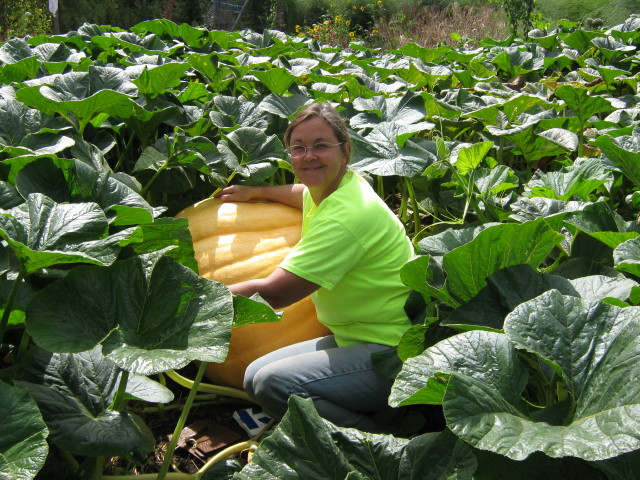PETER J. D'ADAMO, ND
Reviewed and revised on: 02/12/2019
WHAT IS CANCER?
Cancer: the mere mention of its name generally is enough to warrant concern or trepidation. Cancer is not a new disease and it is not restricted to only a few countries. At one point in the 1970's, the U.S. declared a war on cancer. It is a war where to date we have lost most of the battles.
In fact, although the risk of a few types of cancer has declined dramatically in developed countries in this century, the incidence of the most significant forms of the disease has increased. Breast cancer, prostate cancer, colon cancer, rectal cancer, and lung cancer are among the cancers that have become more common.
Researchers have suggested that many factors under our control such as cigarette smoking, unhealthful dietary habits and exposure to chemicals might be partially to blame for the increase in cancer. Many of our modern conveniences from drugs to cellular telephones have also received media attention for possible links to cancer.
In fact, epidemiologists have suggested that in maybe as many as of all cancers, the environment (including lifestyle factors) might play a profound role.
Cancer is a general term for a group of over 100 diseases characterized by the uncontrolled growth and spread of abnormal cells. All organs of the body are made up of cells capable of normal division to produce more cells when the body needs them.
If cells divide when new ones aren't needed, they form a mass of excess tissue called a tumor. Tumors can be benign (non-cancerous) or malignant (cancerous).
The cells in malignant tumors can invade and damage nearby tissues and organs. Cancer cells can also break away from a malignant tumor and travel through the bloodstream or the lymphatic system to form new tumors in other parts of the body. The spread of cancer is called metastasis.
As with many other diseases, both genetic and environmental factors are implicated in the cause and development of human cancers. Cancer-causing biological, chemical, and physical agents are referred to as 'carcinogens' and the process of a carcinogen instigating cancer is called 'carcinogenesis.'
Recent advances in the molecular biology of cancer, stemming from the study of cancer-causing viruses ('oncoviruses')and transforming DNA, are providing new ways of investigating cancer-forming genes ('oncogenes') and cellular pathways which are involved in the mechanisms of viral, chemical, and physical carcinogenesis.
Carcinogens are grouped into two categories, Direct-acting carcinogens, those which are carcinogenic on their own, and 'procarcinogens,' those that must be converted metabolically inside the body into carcinogens. Paradoxically, most forms of chemotherapy for cancer are direct acting carcinogens as well.
Procarcinogens include aflatoxin (the toxin from mold), many chemical dyes, nitrosamines from smoked foods in the diet and some metals, such as nickel. Carcinogenesis can take years or decades to finally result in a tumor.
This latent period between an exposure to a carcinogen and cancer formation is explained by studies showing that carcinogenesis is divisible into two stages, tumor initiation and promotion.
INITIATORS AND PROMOTERS
The general feeling about carcinogenesis is that it is a two-step process, an initial exposure, and a subsequent stimulation by some sort of 'promoter.' Following exposure to a subcarcinogenic dose of a carcinogen (the 'initiator') the latent period can be shortened and the tumor yield increased by treatment with certain "promoting agents" (such as many hydrocarbons) which are not carcinogenic in themselves (or very weakly so) but cause a lot of cell growth in initiator-stimulated tissue, a process that may be necessary to 'lock in' the effect of the initiator.
We think this, because wound healing also has a tumor promoting effect: Wounding of an area of skin treated with a carcinogen brings out tumors along the edge of the wound.
Initiation is caused by chemical, physical, or biological agents which irreversibly alter the cells genetic material. The mechanism of Promotion is not well understood: Promoters trigger cell proliferation, an apparently necessary process in the 'fixation' or expression of tumor initiation.
Many independent factors, such as gender, diet, age and a slew of environmental factors may have a modifying role in increasing, or decreasing, the susceptibility to carcinogens. DNA is able to repair itself. A failure in some aspect of the repair mechanism leads to mutated DNA.
Sometimes mutated DNA can remain in the repressed state, which usually means that a cancer will not develop. In essence, as long as there are enough anti-Promoters (such as the antioxidants) the body can repair the damage to the DNA or repress the damage enough to avoid malignancy.











